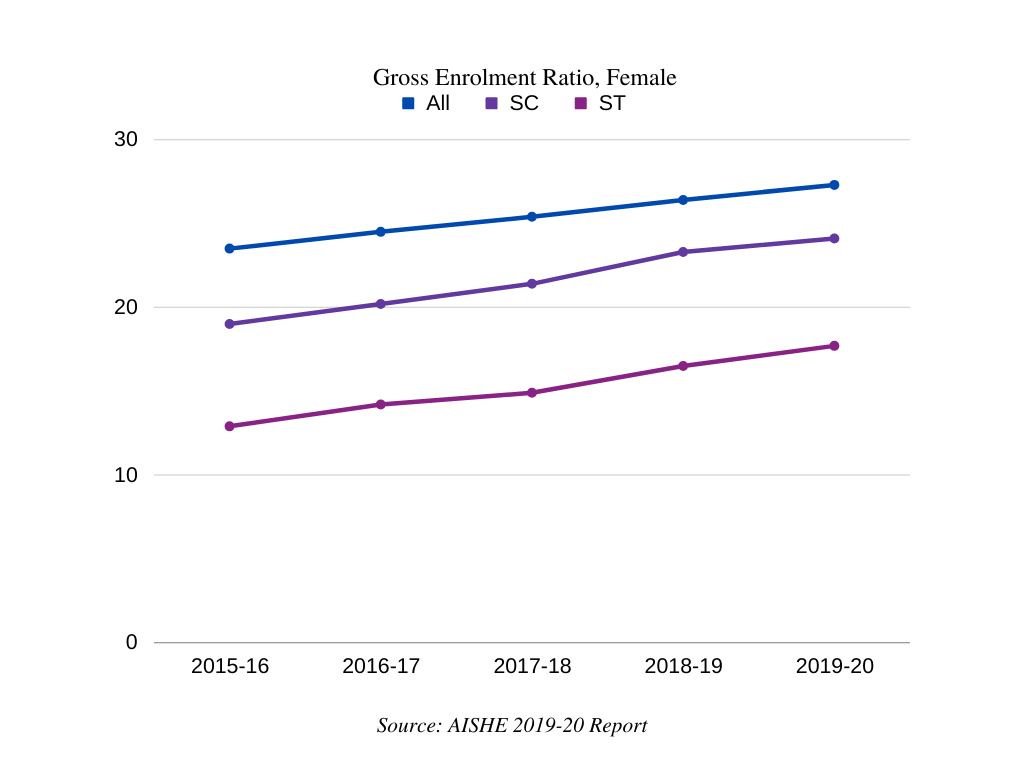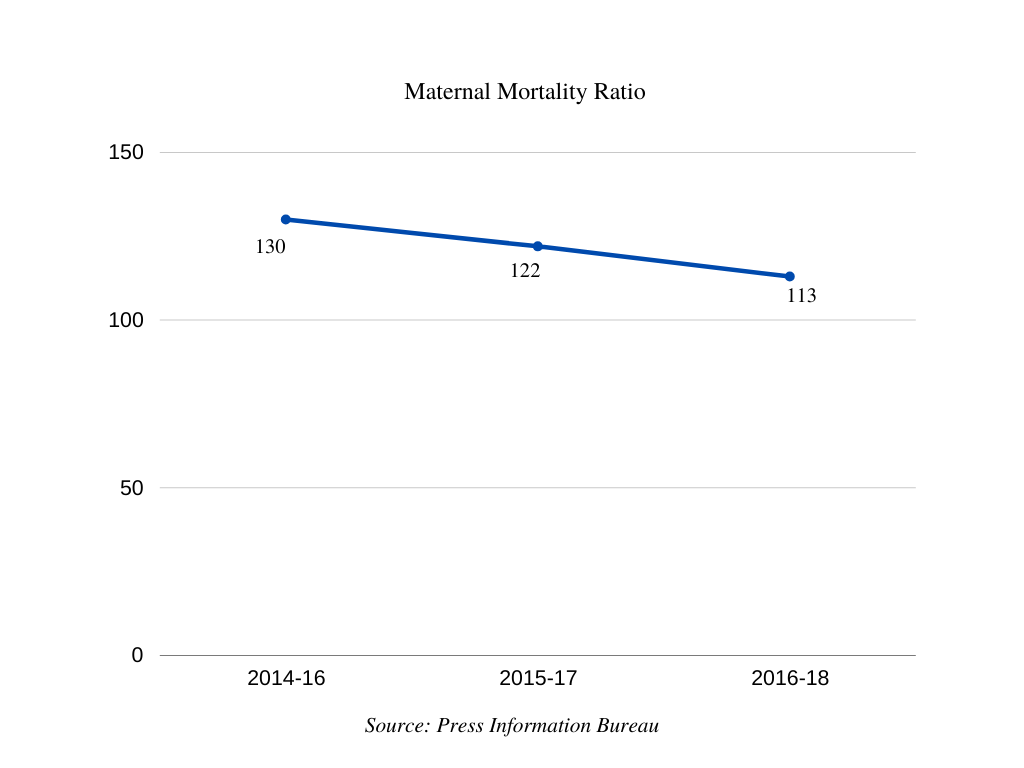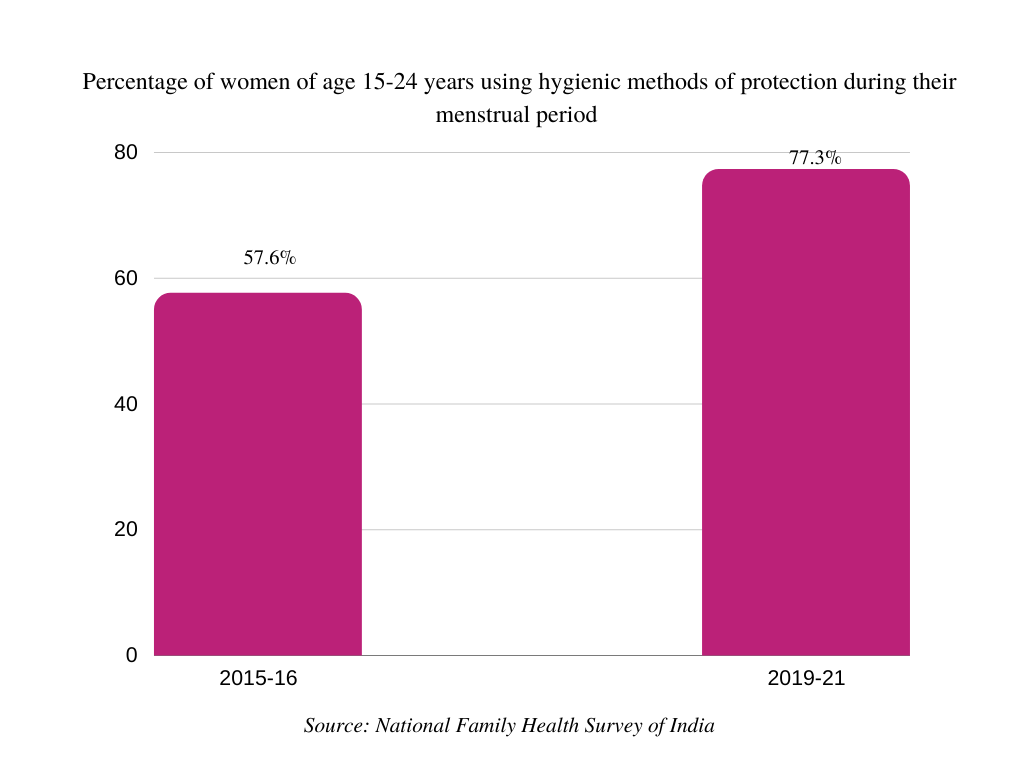Tapped water, menstrual hygiene and many such developmental interventions have transformed the lives of Indian women, but this is understudied. This must change.
That the participation of women in India’s democratic process has increased significantly enough for them to be considered a bloc in many constituencies and regions, is no secret.
This essay aims to explain what really changed on the ground that could help us understand this phenomenon better. We do this using a set of graphs that have been built using publicly available data and use these to provide our analysis.
We argue that a range of improvements in developmental issues could have enabled or facilitated this greater, more vibrant, participation of women in the body polity.

We look at issues such as availability to tap water, the building of better quality, and easier-to-use sanitary systems, rise in the availability of menstrual health implements, and the increase in households using clean fuel, and those with access to electricity. All this of course above and apart from tracking issues like gross enrolment ratio (for girls) and the availability of individual toilets in households.
The case that we present here is that during the last decade, and especially in the last eight years, many fundamental attributes of the life of women in India have changed. This movement is underappreciated because it is relatively “silent”. In fact, the economists Mudit Kapoor and Shamika Ravi have termed the emergence of women voters as a distinct political category, to be addressed specifically by those seeking votes, as a “silent revolution”.

We believe that the debate on gender in India must take into account changes in the developmental life of women and the impact these changes would have had on the social and public life of women.
In order to factor this in, the first thing to be done is to understand what the numbers on the ground are showing us. It is to assist this that this essay has alongside it nine separate graphs and charts that showcase how significant these alterations have been.
Consider, for instance, the growth in tap water supply (depicted as a percentage) in rural households in the country. Between 2019 and 2021, in two years that is, this number jumped from 17% to more than 42%, or nearly two and a half times.

Now historically the fact that Indian rural women have had to walk for miles, and hours, every day, to bring back water in many parts of the country is so well known that it is even a creative cliché about the country. Like all cliches, there has been some truth in this. Since such a historical scenario, the more-than-doubling of access to tap water at home would have had an immense impact in the lives of countless women. Deeper study is needed to chart out in detail the sociological and anthropological impact this would have had in the households where women had to labour to fetch water, but for this essay we seek to underline that the introduction of such “ease of living” doubtless influences availability of time, better health conditions and opportunities to use leisure more fruitfully.
Any discussion on women’s empowerment is incomplete without considering the state of menstrual hygiene.

Menstruation in India has sometimes been shrouded in stigma, which is further compounded by lack of knowledge and understanding of puberty, reproductive health, and appropriate materials for Menstrual Hygiene Management (MHM) among women. Young adolescent girls are the most affected as they tend to be less prepared for menstruation, putting them at a greater risk of being stigmatized. As a result, they are often confronted with anxiety, fear, and shame during their periods. Girls in rural areas have to oft-times resort to unhygienic methods of protection that increases susceptibility to infection and fatal diseases like cervical cancer. Moreover, inadequate toilet facilities at home and school force many of them to drop out early or be ostracised from social activities for the duration of their menses—a kind of a menstrual exile. Having to take care of their menstrual needs out in the open poses an additional challenge for girls who are made to feel impure and abandoned in their own homes.
However, in the last few years, India’s policymaking framework has put an increasing emphasis on menstrual health. Prime Minister Narendra Modi became the first Prime Minister to address menstrual health, a topic that was talked about only in hushed tones, as a public (and, not just a women’s) health issue during his 74th Independence Day speech in 2020.

In 2019-20, India achieved 100% toilet coverage ensuring improved safety, convenience, and greater self-respect for women. During the same period, 77.3% young adolescent girls were using hygienic methods of protection, like sanitary pads, which is a 20% increase since 2015-16.
This significant growth materialised due to several pioneering initiatives launched by the government, such as Swachh Bharat Swachh Vidyalaya to ensure availability of adequate and functioning water, sanitation and hygiene (WASH) facilities at school, Menstrual Hygiene Scheme (MHS) to increase awareness and accessibility to proper hygiene materials like pads, and outreach services through Janaushadi Kendras to provide Suvidha biodegradable sanitary napkins at a subsidised cost of just one rupee to all women, that have contributed to not only fulfilling the unmet demand for menstrual hygiene products—a basic reproductive health right, but also, building confidence and protecting the dignity of adolescent girls and women.

With the visible progress in improving “ease of living” for women, it has now become an imperative to further this campaign by creating an open environment to allow girls to break the silence and socio-cultural taboos around menstruation and reproductive health.
As our other charts depict, this expansion in developmental initiatives can be seen across many other areas as well. Surely the expansion of the number of households using electricity as the main method of lighting (a data point where rural and urban household numbers are within touching distance from one another), and the rise in the gross enrolment ratio (in schools) speak to one another.
Maternal mortality ratio has come down, while sex ratio has gone up, women are living longer, living better, and healthier.
Therefore, is it any wonder that they are more participative in democratic life?
Hindol Sengupta is an award-winning historian and author. He is also vice president and head of research at Invest India, the national investment promotion agency of the Government of India, and Bhavya Tyagi is a research intern at the same organisation.

